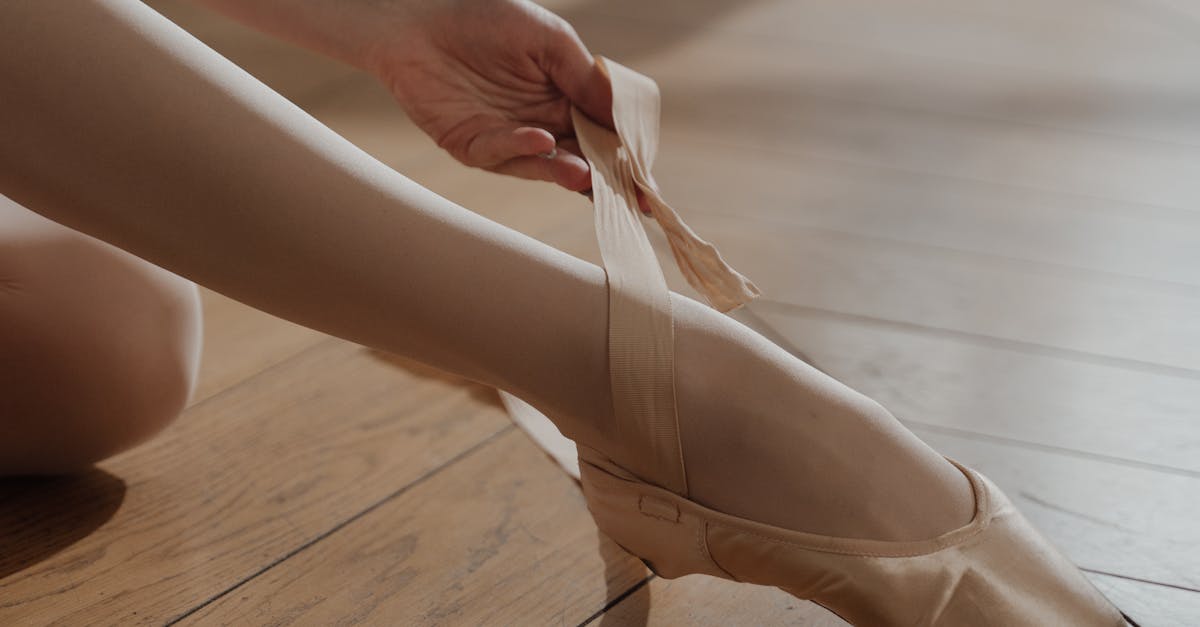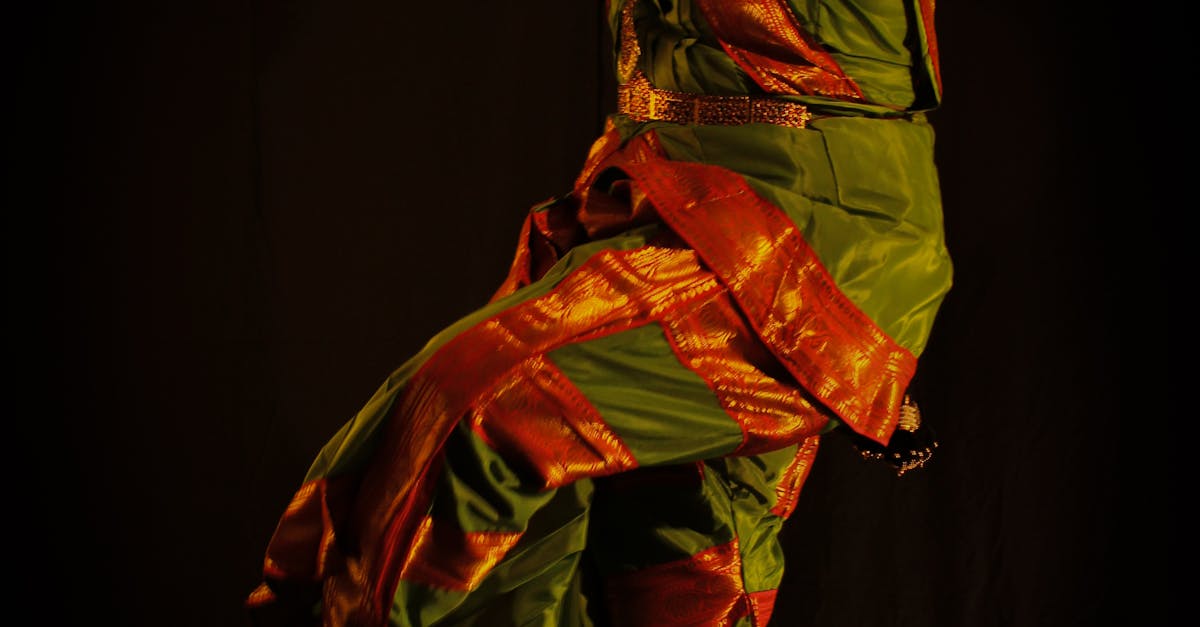# 10 Vibrant Dance Forms of India You Need to Know About
India is a land of rich cultural heritage, and its dance forms reflect the diversity and traditions of its various states. Each dance form tells a unique story, steeped in history and local customs. In this post, we will explore ten prominent dance forms of India along with the states they are associated with. Let’s dive into this colorful world of movement and expression.
| Dance Form | State |
|---|---|
| Bharatanatyam | Tamil Nadu |
| Kathak | Uttar Pradesh |
| Odissi | Odisha |
| Mohiniyattam | Kerala |
| Kuchipudi | Andhra Pradesh |
| Manipuri | Manipur |
| Garba | Gujarat |
| Bhangra | Punjab |
| Lavani | Maharashtra |
| Ghoomar | Rajasthan |
Bharatanatyam
Bharatanatyam is one of the oldest classical dance forms of India, originating from Tamil Nadu. Characterized by its fixed upper torso, bent legs, intricate footwork, and expressive hand gestures, Bharatanatyam is often performed as a solo dance by women. It narrates stories through a combination of dance, music, and drama, making it a profound form of artistic expression.

Kathak
Kathak, a dance form that originated in North India, particularly Uttar Pradesh, is known for its intricate footwork and spins. The word ‘Kathak’ means ‘to tell a story,’ which is exactly what this dance form does through expressive facial gestures and movements. Kathak is traditionally performed in two styles: the Hindu temple style and the Mughal court style, showcasing its diverse historical roots.

Odissi
Odissi, from the state of Odisha, is characterized by its graceful movements and fluid body lines. It is one of the oldest surviving dance forms of India and is known for its sculpturesque poses and intricate footwork. Traditionally, Odissi was performed by Devadasis in temples and represents a spiritual offering, often depicting themes from Hindu mythology.

Mohiniyattam
Mohiniyattam, hailing from Kerala, is a graceful dance form that portrays the feminine beauty and charm. The dance is performed in a serene and graceful manner, often telling tales of love and devotion. The name ‘Mohiniyattam’ translates to ‘dance of the enchantress,’ reflecting its lyrical movements and expressive storytelling.

Kuchipudi
Kuchipudi, originating from Andhra Pradesh, is a dance-drama that combines classical dance and theatrical performance. It is known for its expressive gestures and intricate footwork, often featuring themes from Hindu mythology. Kuchipudi is unique in its incorporation of dialogue and is typically performed in a group, showcasing the camaraderie of dancers.

Manipuri
Manipuri, from Manipur, is renowned for its graceful and delicate movements. This dance form is deeply spiritual and often revolves around themes of devotion to Lord Krishna. Manipuri dance is characterized by its circular movements and subtle expressions, creating a mesmerizing experience for the audience.

Garba
Garba, a popular folk dance from Gujarat, is performed during the Navratri festival. This vibrant dance involves circular movements and is typically performed in groups, accompanied by traditional music and songs. Garba represents the joy and festivity of life and is a celebration of devotion to the goddess Durga.

Bhangra
Bhangra, a lively dance form from Punjab, is known for its energetic movements and infectious rhythm. Originally a harvest celebration, Bhangra has evolved into a popular dance style across the world, often performed at weddings and festivals. It showcases the exuberance and spirit of Punjabi culture.

Lavani
Lavani, from Maharashtra, is a dynamic dance form that combines traditional music and dance. Known for its powerful rhythm and expressive movements, Lavani often addresses social issues and themes of love. It is traditionally performed by women and is characterized by its vibrant costumes and lively beats.

Ghoomar
Ghoomar, originating from Rajasthan, is a traditional folk dance performed by women. It is characterized by its graceful pirouettes and is often performed during weddings and festivals. Ghoomar is a celebration of Rajasthani culture, showcasing the beauty and elegance of its participants.

FAQ
What are the main classical dance forms of India?
The main classical dance forms of India include Bharatanatyam, Kathak, Odissi, Mohiniyattam, Kuchipudi, Manipuri, and others. Each dance form has its unique style, history, and cultural significance.
Are folk dances different from classical dances?
Yes, folk dances are typically community-based and reflect the traditions and customs of a particular region, while classical dances are more structured and formal, often rooted in ancient texts and traditions.
How can I learn these dance forms?
You can learn these dance forms by enrolling in dance classes offered by various cultural institutions, dance academies, or even online courses. Many experienced teachers and professionals offer guidance to beginners.
What is the significance of dance in Indian culture?
Dance in Indian culture is not just a form of entertainment; it is a means of expressing emotions, telling stories, and preserving cultural traditions. It plays a vital role in festivals, religious ceremonies, and social gatherings.
Where can I watch these dance performances?
You can watch these dance performances at cultural festivals, dance competitions, and events held in various parts of India. Many dance academies also host performances showcasing their students’ talents.
For more information on India’s rich dance heritage, you can visit the following trusted sources: [Ministry of Culture, Government of India](https://www.indiaculture.nic.in) and [Sangeet Natak Akademi](http://www.sangeetnatak.gov.in).
